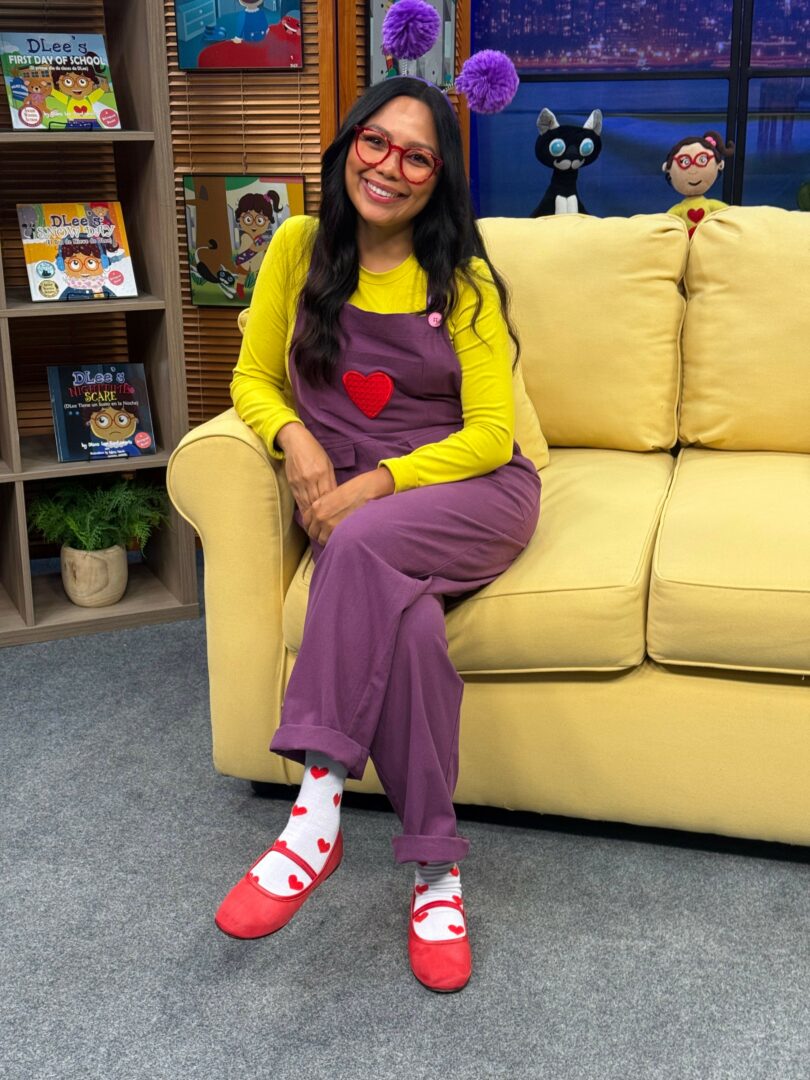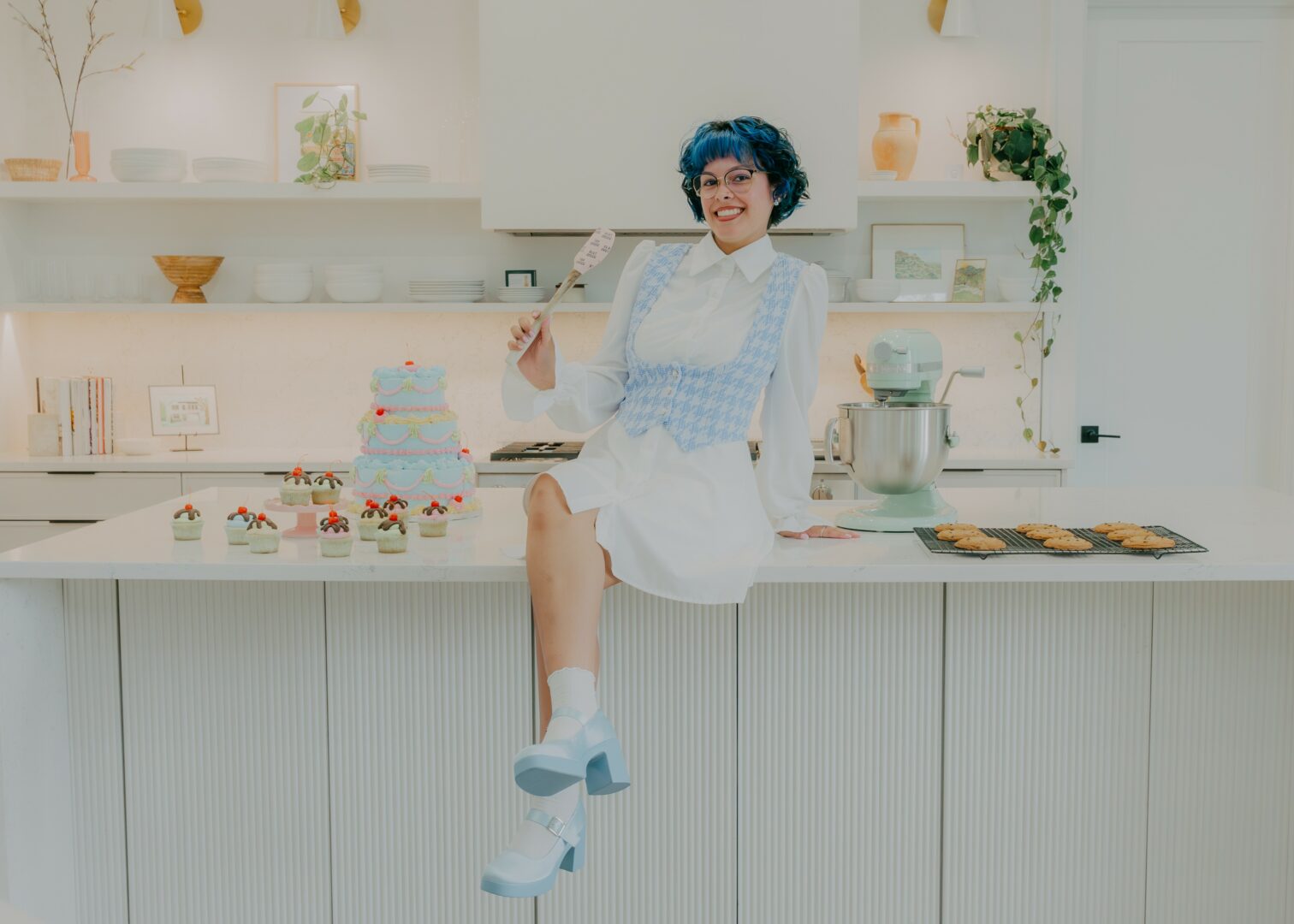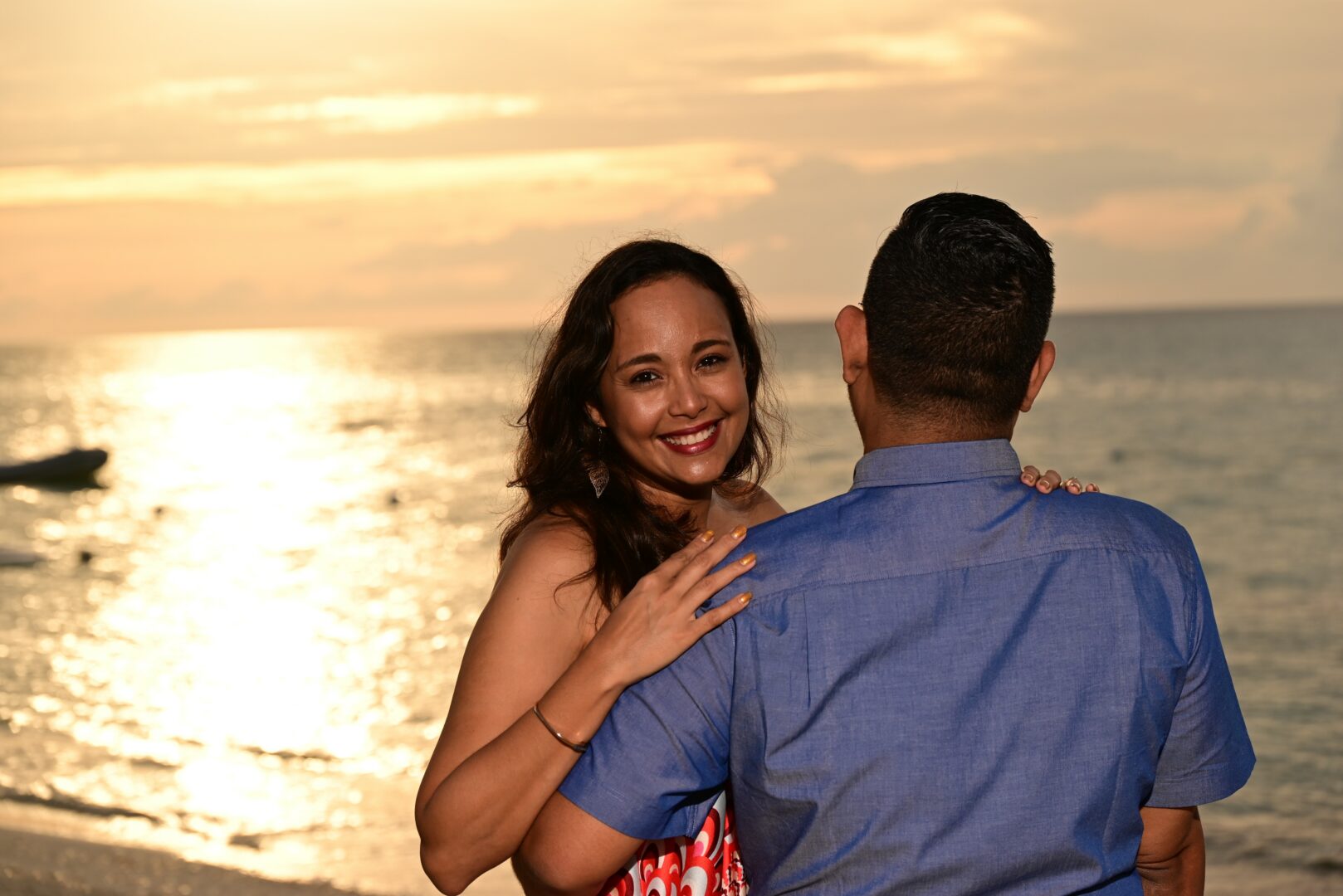We recently connected with Amber Rhodes and have shared our conversation below.
Amber , so great to have you with us and we want to jump right into a really important question. In recent years, it’s become so clear that we’re living through a time where so many folks are lacking self-confidence and self-esteem. So, we’d love to hear about your journey and how you developed your self-confidence and self-esteem.
You know, it’s funny – I often hear other photographers talk about looking back at their early work and cringing, almost wanting to hide those first sessions away forever. But I don’t feel that way at all. When I look back at those initial galleries, I see pure heart. I see someone who was learning, growing, and pouring everything into capturing authentic moments. Sure, maybe the technical aspects weren’t as refined, but the emotion was always there. Those early images are like chapters in my story, each one representing a step forward in this beautiful journey.
What I’ve learned is that confidence isn’t something that arrived in a neat package the day I bought my first professional camera. It’s been built in the quiet moments: in the grateful tears of a father seeing his child’s birth story documented exactly as it happened, in the messages from mothers telling me I captured their family exactly as they are – beautiful chaos and all.
My self-esteem grew strongest when I stopped trying to be every other photographer and started embracing my own voice. I found power in the imperfect moments – the messes, the genuine tears, the real laughter.
Because life isn’t perfect, and neither am I. That realization was transformative. Instead of chasing someone else’s definition of success, I started celebrating what made my work uniquely mine.
The truth is, I still have moments of doubt. But now I understand that those moments don’t define me – they’re just part of the ever winding creative journey.
My confidence comes from knowing that every time I pick up my camera, I’m showing up authentically, ready to tell someone’s story with honesty and heart. And sometimes, the most powerful thing we can do is embrace our vulnerabilities and let them make our art even stronger.
Watching my work evolve has been like watching a garden grow – not everything blooms at once, but each season brings its own beauty. Those early shoots, with their raw authenticity and eager heart, they’re just as precious to me as the galleries I create today.
Because together, they tell the story not just of my growth as a photographer, but of my journey in learning to trust my vision and voice.


Appreciate the insights and wisdom. Before we dig deeper and ask you about the skills that matter and more, maybe you can tell our readers about yourself?
This work lives in my bones now. It’s in the way I instinctively know when to press my shutter and when to simply be present. It’s in how I can read the energy of a room, feeling the exact moment when I need to step back or move closer. When I lift my camera, I’m not just documenting moments – I’m preserving pieces of people’s hearts. The trembling hands of a father reaching for his baby for the first time. The fierce determination in a mother’s eyes just before that final push.
What moves me most deeply isn’t the perfect light or the technically flawless frame – it’s the truth. The messy, beautiful, imperfect truth of families being born. I find myself drawn to the moments between the moments: the quick squeeze of hands, the tears that come without warning, the laughter that bubbles up in the midst of intensity. These are the stories that deserve to be told, that need to be preserved.
Last year, something shifted in me. After years of pouring my heart into capturing these stories, I felt called to share what I’ve learned with others who feel drawn to this sacred work. Launching my mentorship program wasn’t just about teaching camera settings or business strategies – though those matter too. It was about passing on the soul of this work. About teaching others how to hold space with grace, how to see with their hearts as much as their eyes, how to be present without being intrusive.
Watching my mentees find their voice and step into their power as birth photographers has added a whole new dimension to my joy in this work. There’s something profound about sharing not just what I know, but what I feel about this art. About helping others understand that being a birth photographer is so much more than just taking pictures – it’s about being a keeper of memories, a guardian of sacred moments, a storyteller of life’s most powerful transitions.
Looking ahead, I’m expanding my educational offerings, but not just for the sake of growth. Every new program, every resource I create, comes from this same place of deep purpose. Because I believe that every family deserves to have their story documented with both skill and soul, that every birth photographer deserves to feel supported and guided as they step into this profound work.
This isn’t just what I do – it’s who I am. Every birth space I enter, every family I serve, every photographer I mentor reminds me why I fell in love with this work in the first place. We’re not just taking pictures. We’re preserving moments that will be remembered for generations, capturing the raw beauty of love in its purest form, telling stories that remind us of our strength, our vulnerability, and our deep connection to one another.
In the end, this work is my heartbeat, my calling, my truth. And I couldn’t be more grateful for every moment I get to witness, every story I get to tell, every life I get to touch through this incredible journey.


Looking back, what do you think were the three qualities, skills, or areas of knowledge that were most impactful in your journey? What advice do you have for folks who are early in their journey in terms of how they can best develop or improve on these?
The three most transformative elements of my journey weren’t what I initially expected. Yes, technical mastery matters – but it’s the deeper currents that truly shaped my path.
First, there’s the art of presence. Learning to exist in spaces without disturbing their essence, to read the unspoken language of moments before they unfold. This isn’t just about being quiet during a birth or knowing where to stand during a family session. It’s about developing an intuition that guides you to the heart of stories waiting to be told. For those starting out, this means learning to trust your instincts. Sit in uncomfortable silences. Watch how light moves across faces. Feel the energy of rooms. Your camera is just a tool – your presence is what creates the space for authentic moments to emerge.
Second, there’s what I call ’emotional literacy.’ I’ve learned that I’m not just a photographer – I’m a reflector of truth. My role isn’t to simply mirror what I see, but to bend light around the marrow of moments until they reveal their essence. This means learning to read the subtle choreography of human connection: the way a mother’s hands tell stories of sleepless nights and endless love, how siblings communicate in a language of gentle shoulder bumps and shared glances, the sacred dance between partners during labor. For newcomers, developing this skill means opening yourself to the full spectrum of human experience. Don’t shy away from intense emotions – learn to hold space for both joy and grief, strength and vulnerability.
Third, and perhaps most surprisingly, was learning the power of imperfection. The real magic rarely lives in perfectly posed moments or technically flawless frames. It dwells in the spaces between heartbeats, in the raw authenticity of unscripted life. I’ve learned to chase truth over perfection, to look for stories in shadows as much as in light. My advice? Release the pressure to create ‘perfect’ images. Instead, focus on capturing honest ones. Let your work reflect life as it really is – beautifully messy, completely imperfect, and utterly authentic.
For those early in their journey, remember that these qualities aren’t developed overnight. They grow through experience, through mistakes, through showing up again and again with an open heart and willing hands. Study the technical aspects, yes, but don’t forget to nurture these deeper elements. Because ultimately, it’s not just about what you capture through your lens – it’s about how deeply you’re willing to see, feel, and reflect the sacred stories unfolding before you.
We’re not here to simply document moments. We’re here to illuminate them, to reflect back the essence of people’s stories with an honesty that honors both their shadows and their light. Every broken beautiful piece. Every sacred space between breaths where real life writes itself into being.


What do you do when you feel overwhelmed? Any advice or strategies?
Being on-call for births adds a layer to overwhelm that most people can’t fully understand. That constant readiness, the phone always within reach, the way your heart jumps at every notification – it creates a unique kind of tension in your nervous system. Some weeks, you’re running on adrenaline and coffee, moving between birth spaces and lifestyle sessions while trying to maintain some semblance of normalcy in your own life. I’ve learned that this state of perpetual readiness requires its own kind of care.
When overwhelm starts creeping in, I’ve found that I need to first acknowledge the weight of what I do. I’m not just a photographer – I’m a witness to life’s most transformative moments, carrying the responsibility of preserving these memories while being physically and emotionally present for hours on end. That level of commitment takes a toll, and pretending it doesn’t only makes things harder.
I return to my body. Taking moments to pause, to breathe, to feel the sun on my face and ground myself in the present moment. These aren’t luxury – they’re survival. Self-care in this work isn’t bubble baths and face masks – it’s about honoring what your body and soul need to keep showing up authentically for families.
Second, I lean on my community of birth workers and photographers who understand this path. We hold space for each other’s struggles and triumphs, share wisdom, and remind each other that we’re not alone in this beautiful, exhausting work. Having people who truly understand this life is its own form of care.
Finally, scheduling non-negotiable off-call time. This was hard at first – the guilt, the fear of missing something special for someone. But I’ve learned that taking real breaks isn’t just about rest – it’s about sustaining the energy and presence the families I serve deserve. Setting boundaries and honoring your own needs isn’t selfish – it’s essential to the sustainability of this sacred work.
You can’t pour from an empty cup, and true self-care is about filling it consistently, not waiting until you’re running on empty and burnt out. This work matters deeply, but so does my wellbeing. Give myself permission to rest is so important.
Contact Info:
- Website: https://www.amberdenae.com
- Instagram: @amberdenaephotography
- Facebook: https://www.facebook.com/share/18MwPkbn4v/?mibextid=wwXIfr
- Other: www.birthlens.com
@amberdenae IG
@birthlens IG







Image Credits
All images are mine 🙂
so if you or someone you know deserves recognition please let us know here.




